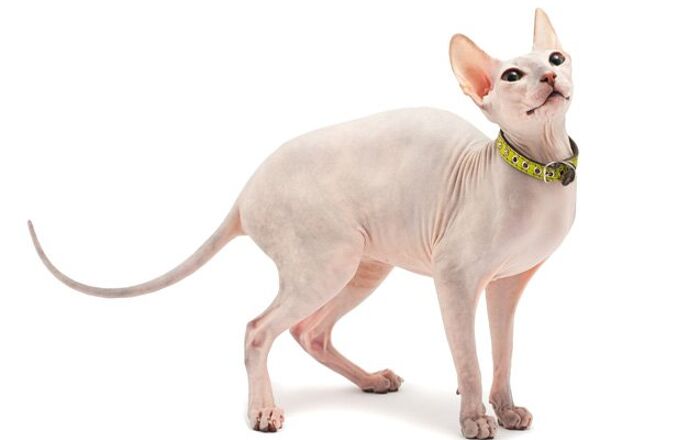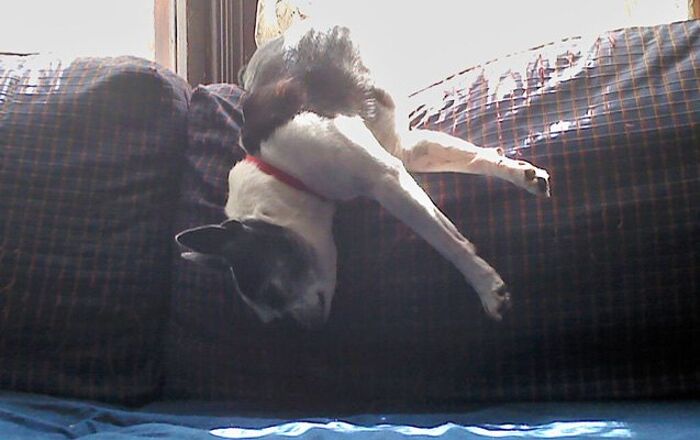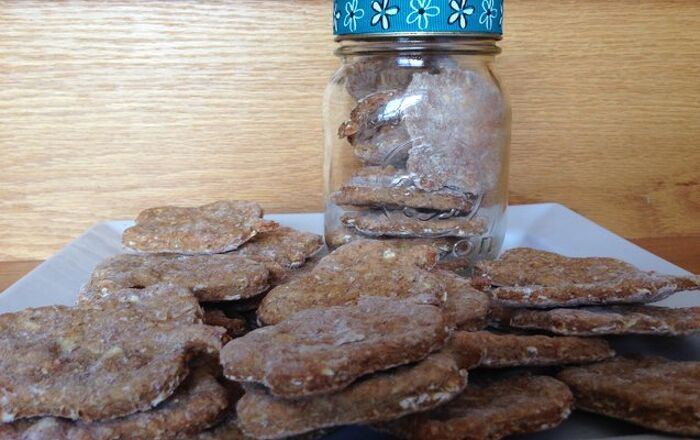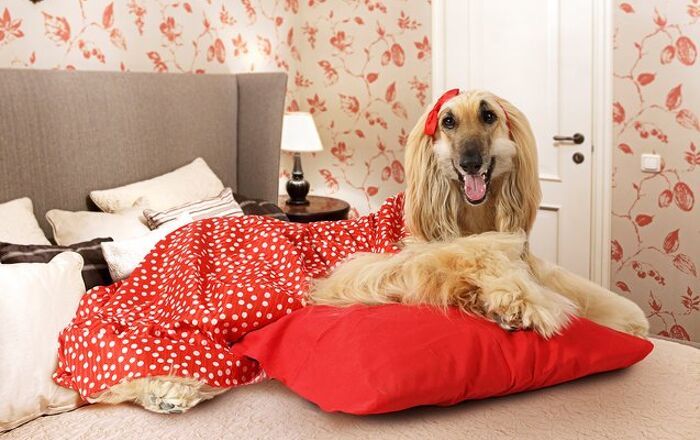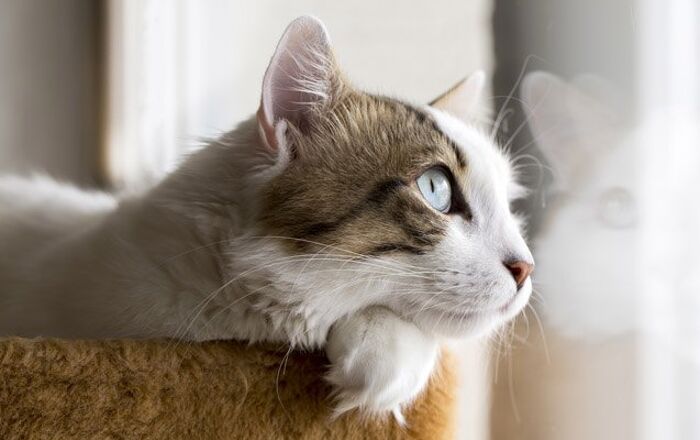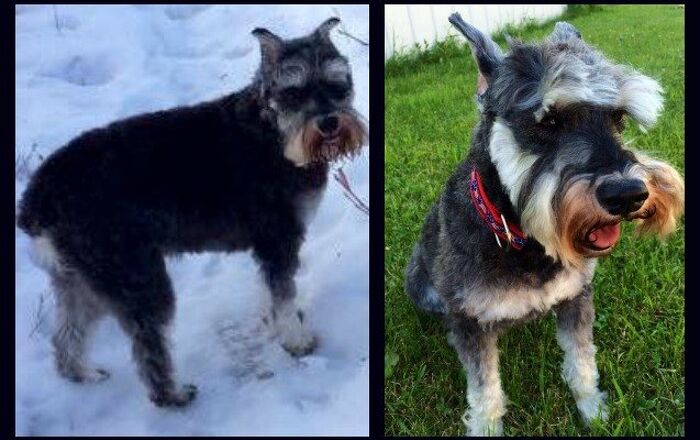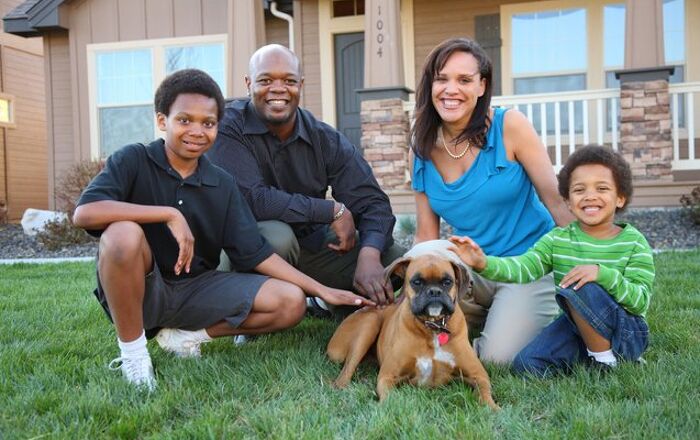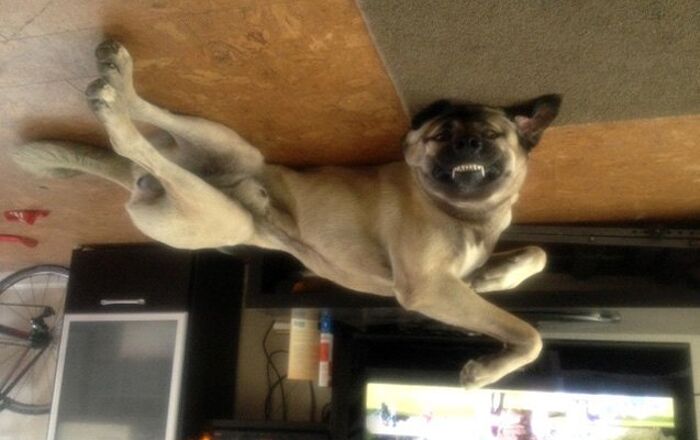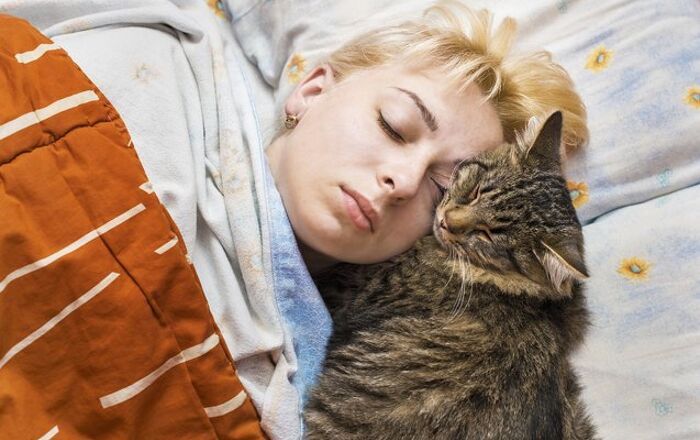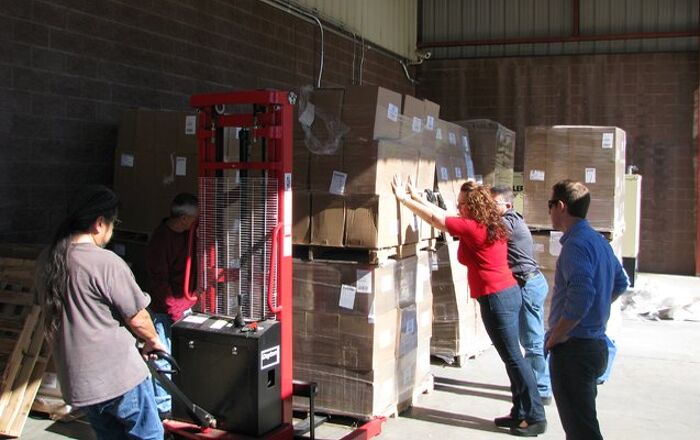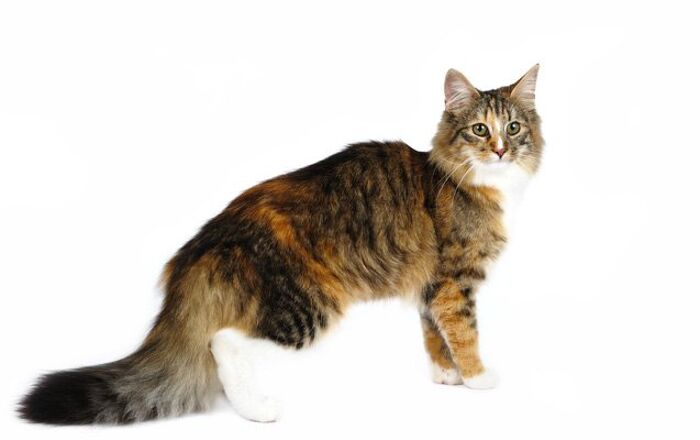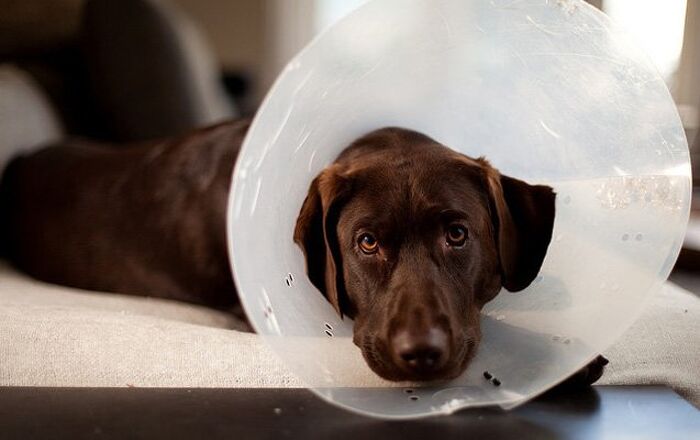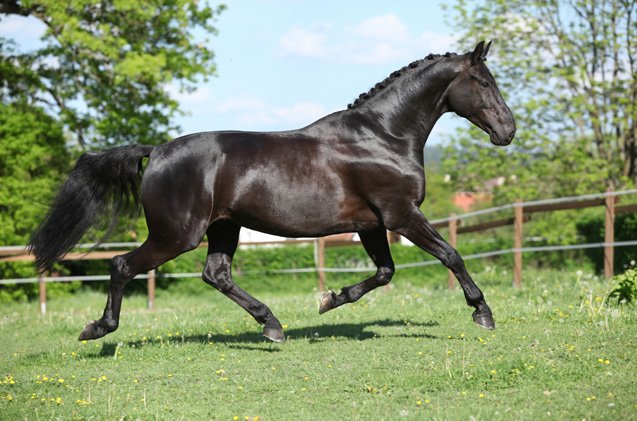
Dutch Warmblood Horse Breed History
Today’s Dutch Warmblood Horse, also known as the Dutch Riding Horse, evolved from the Groningen Horse and the Gelderlander Horse, which are two Dutch breeds. The Groningen Horse evolved in northern Holland, on heavy clay soil, and it became a heavier and bigger horse that often displays a black coat. On the other hand, the Gelderlander evolved on light, sandy soil found in central Holland, and its medium sized body frequently showcases a chestnut coat with white markings.
Prior to World War II in the Netherlands, the Groningen Horse was used for agricultural purposes, while the Gelderlander Horse was used for drawing carriages. By the middle of the 20th century, the popularity of both breeds declined with the introduction of cars, agricultural machinery, and tractors. Therefore, breeders started specialized breeding programs and carefully selected horses for it.
Dutch Warmblood horses are known for their appealing personality.
Horses were imported in order to be bred with the Dutch horses, and in the 1960s, breeds including the Gelderlander, Groningen, Holsteiner, and Hanoverian were crossed. The result was the Dutch Warmblood Horse.
Two registries, the Gelderlander Horse Studbook and the NWP, were combined in 1969 in order to create the Warmblood Paardenstamboak Nederland, or WPN. It was renamed Koninklijk Warmblood Paardenstamboek Nederland (KWPN) in 1988.
Today, there are three breeding directions for KWPN horses. These include the Gelders type, the Riding type (which is divided into Dressage and Jumper types), and the Harness type. KWPN in North America recognizes the Hunter type as well.
Breed Traits
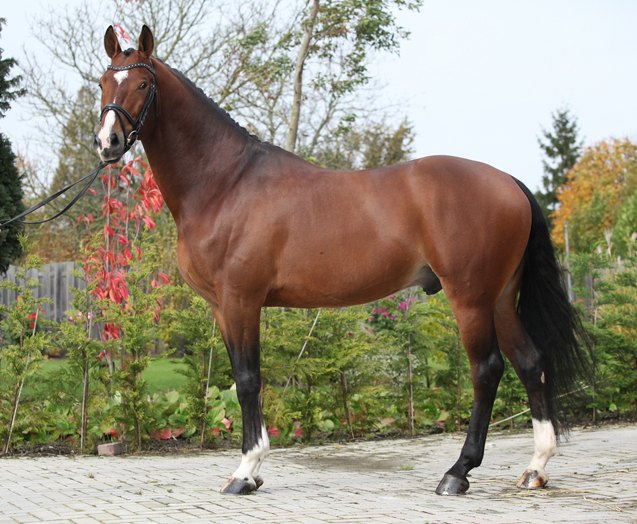
Dutch Warmblood horses are known for their appealing personality. These animals are willing to work hard, are highly reliable and intelligent, and are appropriate for a variety of riding and sporting events.
Another characteristic that makes these horses popular is the fact that they are even-tempered and calm. They can work in a variety of environments while remaining harmonious with their rider because they are in tune with the needs of their rider.
These personality traits make the Dutch Warmblood Horse a wonderful equine companion to trainers, owners, and riders of all levels.
The Dutch Warmblood Horse is willing to work hard, and is reliable and intelligent.
Overall Description
The Dutch Warmblood Horse is an attractive sport horse that features a well-shaped head with a straight profile. You will also notice that this horse has a strong, arched, and fairly long neck, and the tail is set high as well.
Dutch Warmblood horses also feature a strong, short, and straight back, along with a full and deep chest. These animals have strong hindquarters and sloping shoulders, short cannon bones, and fairly long, powerful legs. The withers is prominent, and can either be higher than the horse’s loins or level with the loins, helping these horses in both jumping and dressage.
All of these physical characteristics combine to give this horse breed fast action, a strong athletic ability, good trainability, soundness, and good stamina.
Dutch Warmblood horses are in tune with the needs of their rider.
Colors
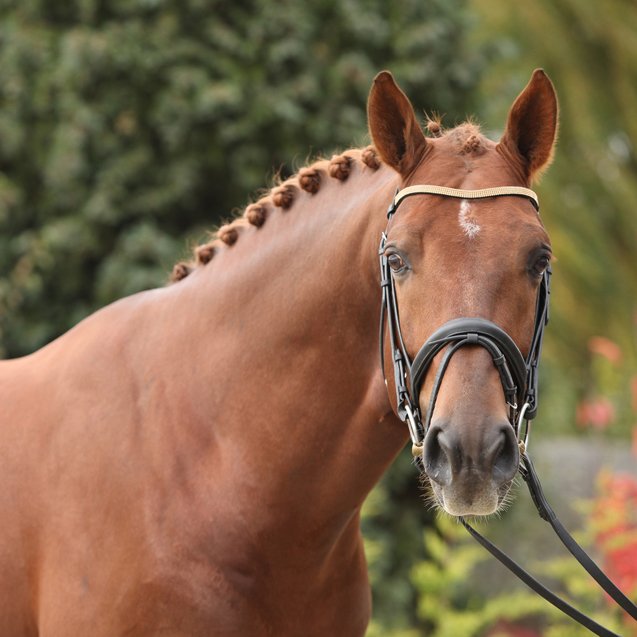
The Dutch Warmblood is an equine breed that features an array of colors that include brown, black, chestnut, gray, and bay. In fact, all solid colors are found in this breed.
White markings are also common on the Dutch Warmblood Horse, and the tobiano pattern is often seen as well.
Grooming Requirements
Grooming your Dutch Warmblood Horse on a regular basis is just as important as spending time training and riding the horse for whatever activities you choose to pursue with your equine companion. Every grooming session will serve to strengthen your bond with your horse, and this will help the animal work even better with you, the rider.
Hoof inspections and cleanings should be done daily in order to prevent injuries and infections, and show horses should also be groomed daily, although brushing can be done weekly for horses that are not in shows.
Regular grooming sessions will keep a Dutch Warmblood Horse looking beautiful and clean, and standard equine grooming tools are all that you need. In addition to brushing, however, it is also helpful to bathe your horse on a regular basis to ensure all mud, dirt, and debris is removed from the skin and coat.
Use a curry comb, a shedding blade, and a dandy brush in order to effectively remove loose hair and debris from your horse’s coat. A body finishing brush is a good tool to have on hand for use on sensitive areas of the body, such as on the legs and face. Use a mane comb specifically on the mane, as well as a tail comb on the tail, to ensure these hairs can effectively be detangled and smoothed out. Complete every grooming session by using a hoof pick, which will remove debris, such as rocks, from the animal’s hooves and help prevent problems before they occur.

